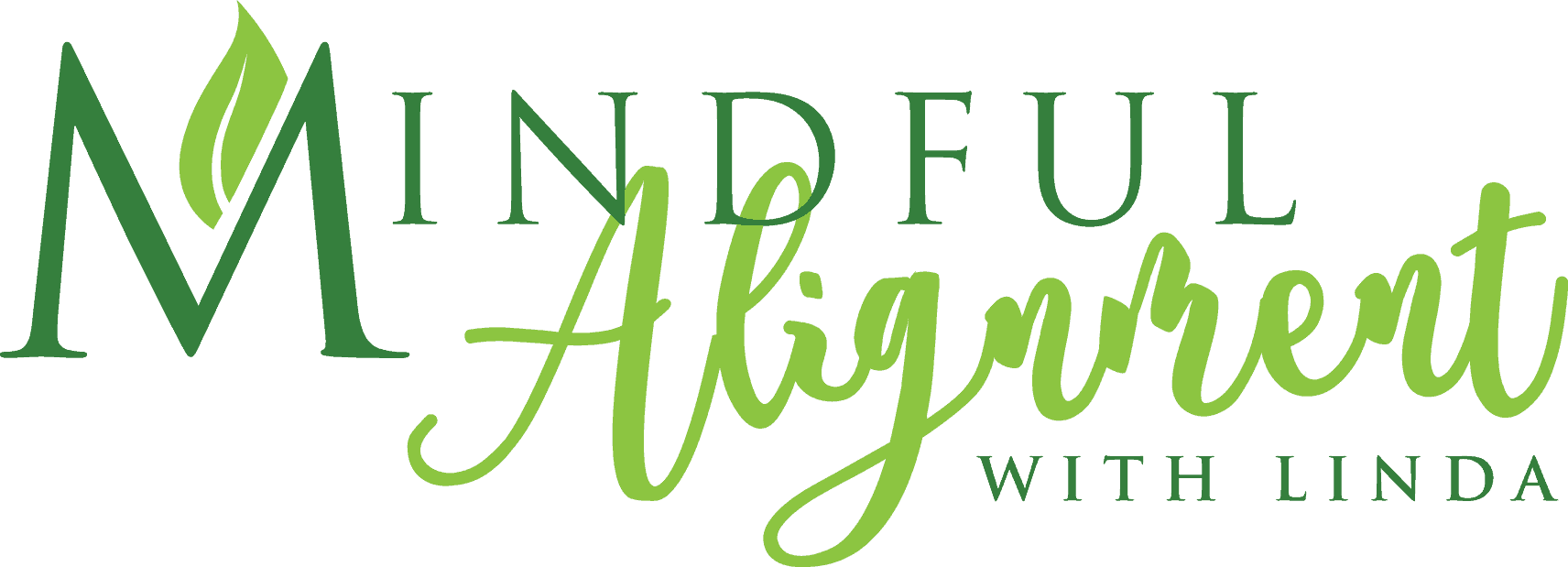Preventing and Managing Myofascial Pain Through Exercise
Movement is Key to Prevent and Manage Myofascial Pain
Myofascial pain syndrome (MPS) in the back can make daily movements challenging, but targeted exercise provides an effective solution. Regular movement releases tight muscles, prevents trigger points, and improves back function through enhanced blood flow, reduced muscle imbalances, increased mobility, and natural endorphin release.
Gentle Stretches to Prevent and Manage Myofascial Pain
The foundation of myofascial pain management starts with gentle stretching to address tight muscles and trigger points. Begin gentle stretches with child’s pose and follow the sequence of stretches below.
Child’s Pose
Start by kneeling on the floor with hips back and arms extended forward. Hold this position for 30 seconds while breathing deeply to release tension in the lower back and latissimus dorsi muscles.
Cat-Cow
The cat-cow stretch helps to improve spinal mobility. Starting on all fours, alternate between arching and rounding your back in smooth, controlled movements. This combination promotes circulation and reduces stiffness through the entire spine.
Doorway Stretch
For upper body relief, doorway stretch opens the chest and shoulders while reducing trapezius tension. Stand in a door frame with hands placed at shoulder height, then step forward to create a gentle stretch.
Mobility Work to Prevent and Manage Myofascial Pain and Improve Function
Thoracic rotation
These exercises target mid-back stiffness caused by poor posture. While seated or kneeling, place one hand behind your head and rotate your torso, holding briefly before alternating sides. This movement enhances mid-back flexibility and range of motion.
Standing Side Stretch
This stretch specifically targets the quadratus lumborum (QL), a common trigger point area. Raise one arm overhead while leaning sideways, maintaining the stretch for 20-30 seconds per side.
Strength Training is Essential to Prevent and Manage Myofascial Pain
Building muscular endurance prevents future pain by improving posture and supporting proper alignment.
Glute Bridge
This pose, also known as Bridge Pose, in yoga strengthens both the gluteal muscles and lower back. Lying supine with knees bent, lift your hips while pressing through your heels, completing 10-12 controlled repetitions.
Scapular Squeezes
These improve upper back strength and posture. Sitting or standing tall, draw your shoulder blades together for five seconds at a time. The Dead Bug exercise enhances core stability, reducing lower back strain through coordinated limb movements while maintaining spinal alignment.
Consistency is Integral to Myofascial Pain Management Success
Incorporate these exercises into your daily routine for optimal results. Perform the mobility and stretching sequence daily, taking time to focus on proper form and deep breathing. Add the strength exercises three times weekly, adjusting intensity based on your comfort level.
Movement consistency proves crucial for managing myofascial pain. Listen to your body’s signals and modify exercises as needed. This balanced approach to back care combines flexibility, mobility, and strength to create lasting relief from myofascial pain.
Here’s a few videos to help you on your wellness journey:
Are you tired of living with pain?
Are your activities and daily choices determined by your level of pain?
Are you ready to change your life for the better and gain back your physical freedom?
My unique and custom designed approach comes from years of training, education and experience. Together, we will get you back to living pain free and enjoying life.
Sign up for a private session today
It’s never too late to try something new.

Related Articles:
Beyond Calcium: The Power of Yoga for Bone Health
Discover how yoga supports bone health and osteoporosis prevention. Learn science-backed poses that strengthen your skeleton and reduce fracture risk.
The Motivation Paradox: Action is the Catalyst for Healing Back Pain
Discover the Motivation Paradox of Back Pain—why waiting for motivation keeps you stuck and how action is the true catalyst for healing. Learn science-backed strategies to break the pain cycle and reclaim mobility.
Transform Back Pain Anxiety: From Uncertainty to Empowerment
Discover how to navigate pain anxiety with empowerment. Embrace uncertainty and reclaim your healing journey through mindfulness and resilience.
Transforming Your Relationship with Back Pain: A Mindset Revolution
Back pain is more than a physical challenge—it's a profound psychological journey. The real battle isn't just in your muscles and joints, but in your mind. Your thoughts can either be a prison or a pathway to healing. Reframing Your Inner Narrative When chronic pain...




